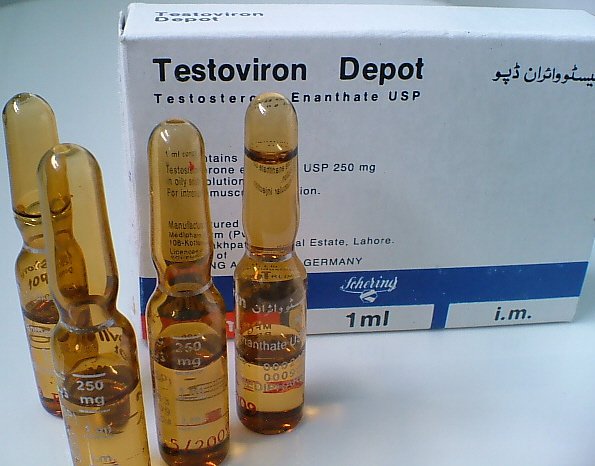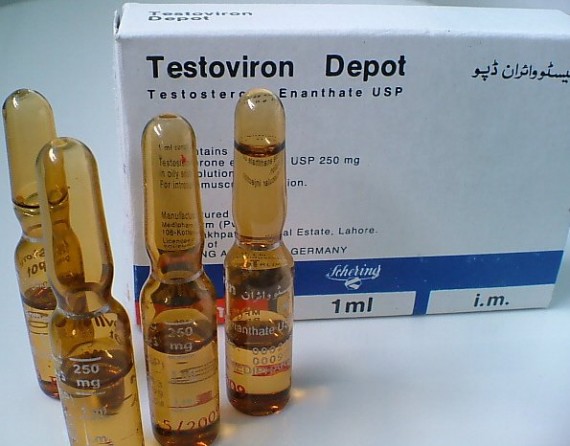
Q: MMA fighter Chael Sonnen failed two anti-doping tests which revealed that he used exogenous testosterone. At his recent hearing, his defense was that he was on testosterone replacement therapy (TRT). My question is, how would TRT effect the T/E ratio? Does exogenous testosterone also shutdown epitestosterone production creating a scenario where someone can have a high ratio due to exogenous test, and suppressed epitestosterone production, while sill having “normal” testosterone levels?
A: Chael Sonnen failed the testosterone:epitestosterone ratio (T/E) and the carbon isotope ratio (CIR). The T/E and isotopic tests are two completely different tests.
If a high percentage of an individual’s testosterone is from injection, the isotope test will be failed because the steroid molecules are detectable as being ultimately of plant origin rather than animal origin.
(Synthetic steroids use diosgenin, extracted from the wild yam, as the starting material. Plants incorporate carbon isotopes into the steroid skeleton in a slightly different ratio than animals do.)
But also if a high percentage of an individual’s testosterone is from injection, the T/E ratio will be failed, because when testosterone is produced in the body epitestosterone comes along with it, whereas injected testosterone doesn’t include epitestosterone. If the ratio is too high, it is unlikely or impossible that that much T could have been produced by the body with that little epi-T.
Even if the amount of T is completely reasonable and well within the normal range, or even potentially if low-normal.
If testosterone replacement therapy is allowed it doesn’t make sense to fail athletes for the inevitable outcomes of testosterone replacement therapy (different isotope ratio, increased T/E ratio.)

About the author
Bill Roberts is an internationally-recognized expert on anabolic steroids and performance-enhancing drugs (PEDs). He received a bachelor degree in Microbiology and Cell Science and completed the educational and research requirements for a PhD in Medicinal Chemistry at a major American university.
Bill entered the nutritional supplement industry prior to completing his doctoral thesis but his education was invaluable so far as being able to design/improve nutritional supplement compounds, since it was in the field of designing drug molecules and secondarily some work in transdermal delivery.
His education was not specifically "geared" toward anabolic steroids other than expertise with pharmacological principles having broad applications. This has allowed Bill to provide unique insight into the field of anabolic pharmacology with knowledge of points which he would not have known otherwise.
Leave a Reply
You must be logged in to post a comment.